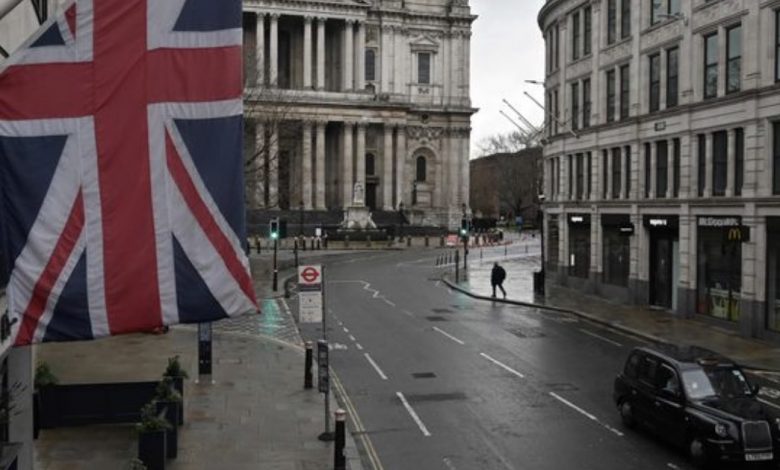Early modern

Early modern
King Henry VIII (1491–1547)
Queen Elizabeth I (1558–1603)
During the Tudor period, the Renaissance reached England through Italian courtiers, who reintroduced artistic, educational and scholarly debate from classical antiquity.[61] England began to develop naval skills, and exploration to the West intensified.[62][63] Henry VIII broke from communion with the Catholic Church, over issues relating to his divorce, under the Acts of Supremacy in 1534 which proclaimed the monarch head of the Church of England. In contrast with much of European Protestantism, the roots of the split were more political than theological.[nb 2] He also legally incorporated his ancestral land Wales into the Kingdom of England with the 1535–
1542 acts. There were internal religious conflicts during the reigns of Henry’s daughters, Mary I and Elizabeth I. The former took the country back to Catholicism while the latter broke from it again, forcefully asserting the supremacy of Anglicanism. The Elizabethan era is the epoch in the Tudor age of the reign of Queen Elizabeth I (“the Virgin Queen”). Historians often depict it as the golden age in English history. Elizabethan England represented the apogee of the English Renaissance and saw the flowering of art, poetry, music and literature.[65] The era is most famous for its drama, theatre and playwrights. England during this period had a centralised, well-organised, and effective government as a result of vast Tudor reforms.[66]
Competing with Spain, the first English colony in the Americas was founded in 1585 by explorer Walter Raleigh in Virginia and named Roanoke. The Roanoke colony failed and is known as the lost colony after it was found abandoned on the return of the late-arriving supply ship.[67] With the East India Company, England also competed with the Dutch and French in the East. During the Elizabethan period, England was at war with Spain. An armada sailed from Spain in 1588 as part of a wider plan to invade England and re-establish a Catholic monarchy. The plan was thwarted by bad coordination, stormy weather and successful harrying attacks b
y an English fleet under Lord Howard of Effingham. This failure did not end the threat: Spain launched two further armadas, in 1596 and 1597, but both were driven back by storms. The political structure of the island changed in 1603, when the King of Scots, James VI, a kingdom which had been a long-time rival to English interests, inherited the throne of England as James I, thereby creating a personal union.[68][69] He styled himself King of Great Britain, although this had no basis in English law.[70] Under the auspices of King James VI and I the Authorised King James Version of the Holy Bible was published in 1611. It was the standard version of the Bible read by most Protestant Christians for four hundred years until modern revisions were produced in the 20th century.
